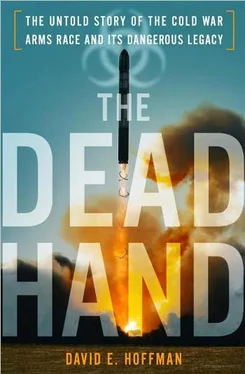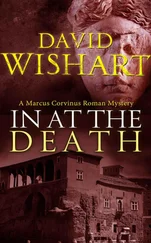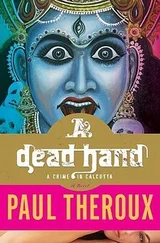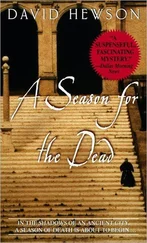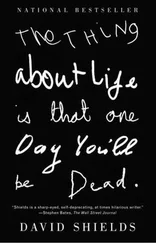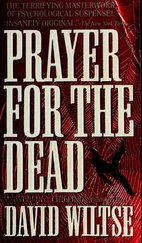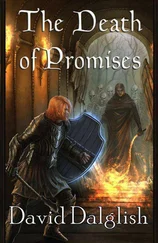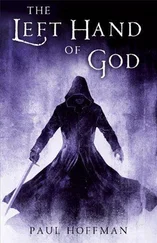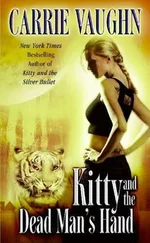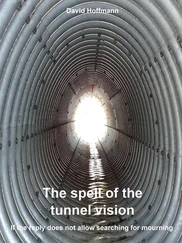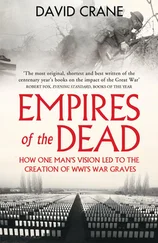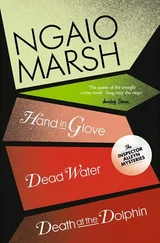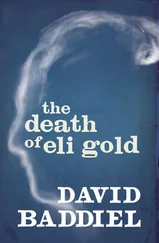But this achievement in power and deadly accuracy inspired a profound dread among those who might one day have to press the button launching those missiles.
In the United States, a master plan for carrying out a nuclear war was first drafted in 1960, at the end of President Dwight Eisenhower’s term. The scope of the Single Integrated Operational Plan was awesome. Given adequate warning time, the United States and allies would launch their entire strategic force of about 3,500 nuclear weapons against the Soviet Union, China and satellite states. Eisenhower dispatched his science adviser, George B. Kistiakowsky, to the headquarters of the Strategic Air Command in Offutt, Nebraska, on November 3–5, 1960, to study the newly drafted plan. Kistiakowsky reported back that the plan would “lead to unnecessary and undesirable overkill.” Eisenhower confided to Captain E. P. “Pete” Aurand, his naval aide, that the estimates—the sheer number of targets, the redundant bombs for each—“frighten the devil out of me.” 4
President John F. Kennedy was no less unsettled. Briefed on the war plan on September 14, 1961, he commented afterward to Secretary of State Dean Rusk, “And we call ourselves the human race.” 5
Kennedy and his defense secretary, Robert S. McNamara, were uneasy with the Eisenhower-era idea of massive retaliation. They felt the threat of a single, enormous nuclear strike did not fit the more fragmented and complex competition they faced with the Soviet Union as tensions flared first over Berlin and then over Cuba. When the war plan was revised in the spring and summer of 1962, the new plan gave the president more flexibility and choices in waging a possible nuclear attack, including the ability to hold back forces in reserve, to avoid population centers and industry and to leave out some countries as targets. A key feature of the new plan, put into effect just before the Cuban missile crisis of October 1962, was to aim largely at Soviet weapons, and not at cities and industry, an idea known as counterforce . If one thinks of cocked pistols aimed at each other, counterforce was an effort to shoot the gun out of the hand of the enemy. 6It seemed to be more humane to aim at missiles rather than cities, but counterforce also raised deeply disturbing questions. Could it make the use of nuclear weapons more tempting, since it implied a limited nuclear strike was possible? And to be successful, would the counterforce option have to be carried out first—to shoot before you were shot, to preempt an attack? This was the haunting fear of many decades to come, the idea of a disarming, bolt-from-the-blue first strike.
While Kennedy wanted to spare the cities, McNamara realized over time that it was impossible to aim at every Soviet weapon without unleashing an expensive new round of the arms race, an escalation with no end in sight. As a result, McNamara shifted to a strategy that he called “assured destruction,” which required building the number of weapons needed to destroy 20 to 25 percent of the Soviet population and 50 percent of the industrial base. McNamara capped the number of Minuteman missiles to be built at one thousand. His analysts concluded, “The main reason for stopping at 1,000 Minuteman missiles, 41 Polaris submarines and some 500 strategic bombers is that having more would not be worth the cost.” McNamara hoped that the Soviets would also reach a plateau—and stop building. 7A critic of McNamara proposed adding “mutual” to “assured destruction” and the idea of Mutual Assured Destruction, known pointedly as MAD, was born. For many Americans, this idea of equal vulnerability and mutual deterrence came to define the Cold War. 8
Locked in global confrontation, the United States and the Soviet Union were each rooted in centuries of radically different history, geography, culture and experience. Peering through a veil of suspicion, the superpowers often wrongly judged each other’s intentions and actions. They engaged in deceptions that only deepened the dangers. As the Harvard professors observed in 1983, “The United States cannot predict Soviet behavior because it has too little information about what goes on inside the Soviet Union; the Soviets cannot predict American behavior because they have too much information.”
An early but telling example was the so-called missile gap. The Soviet Union announced on August 26, 1957, the first test of an intercontinental ballistic missile at full range, and successfully launched the world’s first artificial satellite, Sputnik, into orbit on October 4. For the next four years, Premier Nikita Khrushchev misled the West with claims that the Soviet Union was turning out missiles “like sausages,” that super-missiles were in “serial production” and “mass production.” John F. Kennedy raised alarms about the “missile gap” in his 1960 campaign, but found out that it didn’t exist. 9Khrushchev had concealed weakness—by bluffing.
A disaster was narrowly averted in the Cuban crisis of October 1962, when Khrushchev took an enormous gamble by stationing nuclear weapons and missiles on the island. The brinksmanship ended as both Kennedy and Khrushchev exercised restraint. But long after Khrushchev withdrew the weapons, and after his ouster in 1964, the Cuban crisis lingered in the minds of Soviet leaders, who feared inferiority to the United States. Starting in the mid-1960s, Soviet missile production zoomed upward; hundreds were rolled out every year.
The Soviet Union, looking through an entirely different prism than the United States, saw nuclear weapons as a blunt instrument for deterrence. If attacked, they would respond with crushing punishment. By many accounts, in the early decades they did not adopt the limited nuclear options that were embraced in the United States; they thought that the use of even one atomic bomb would trigger escalation, so they prepared for all-out war. 10They did not put much stock in the American idea that mutual vulnerability could lead to stability. They feared both powers would be constantly striving to get ahead, and they threw their resources into the quest. When the Soviet Union finally reached approximate parity with the United States in the early 1970s, the thinking began to change. Instead of threatening a preemptive first strike, as in the earlier years, they moved toward a posture of preparing for assured retaliation, a second strike. At this time they also began the first strategic arms control negotiations with the United States, and détente blossomed. 11
The Soviet buildup was driven by a powerful and hidden force, the defense industrialists. Leonid Brezhnev ruled by consensus over a dysfunctional group of aging sycophants, and by the mid-1970s, Brezhnev was in such ill health that he largely ceased to lead. The industrialists filled the vacuum. They had great influence over what weapons would be produced, by some accounts even more than the military. A striking example was the climax of an intense internal conflict over the next generation of intercontinental ballistic missile. In July 1969, at a vacation lodge near Yalta, a vexed Brezhnev assembled his top military leaders and missile designers. The competition pitted two of the most storied designers, Mikhail Yangel and Vladimir Chelomei, against each other. Yangel proposed a four-warhead missile, the SS-17, designed to fit in newly constructed, hardened silos, best to ensure retaliation if the Soviet Union were attacked, but expensive. Chelomei had initially proposed to upgrade his older SS-11 missile in existing silos, which were not hardened, but offered the military more warheads more cheaply, perfect for threatening a preemptive first strike at the enemy. At the time of the Yalta meeting, Chelomei shifted gears and proposed a new missile, the SS-19, with six warheads, which would also require new, expensive hardened silos. Mstislav Keldysh, president of the Academy of Sciences, who had Brezhnev’s confidence, was appointed to head a commission to resolve the dispute. At Yalta he took the floor and lamented that in all the rush to build missiles, the country had not even decided on a strategic doctrine: whether the purpose was to threaten a first strike, or to preserve the force for retaliation. But Keldysh could not settle the rivalry. In the end, all three missile options were approved at great cost, the kind of decision that would eventually bankrupt the Soviet Union. 12
Читать дальше
